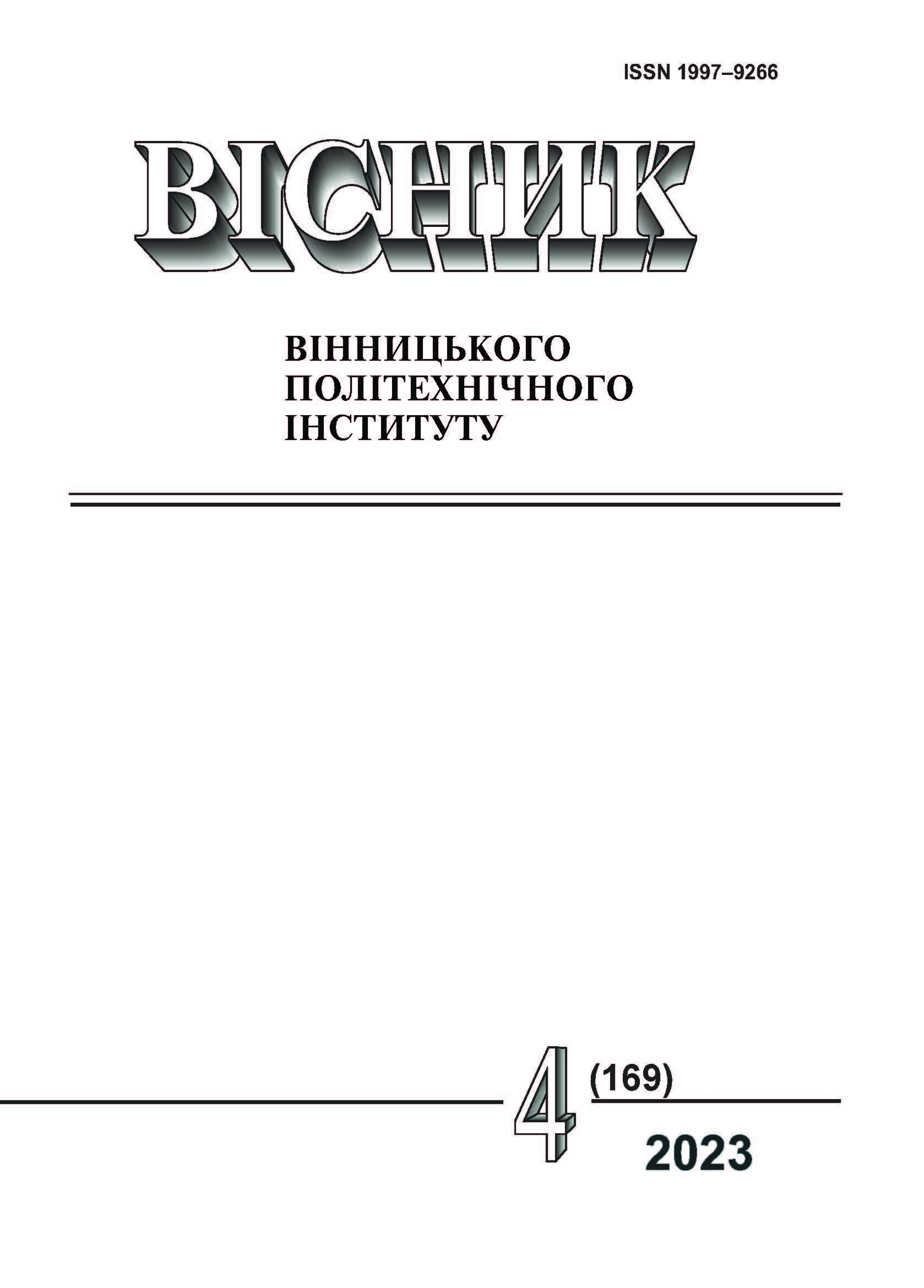Mathematical Model of an Ultra-Highly Sensitive Grain Moisture Meter
DOI:
https://doi.org/10.31649/1997-9266-2023-169-4-87-91Keywords:
grain, measurement, humidity, humidity control, measurement methods, absorption coefficient, traveling wave, waveguide, ultra high frequencies (UHF)Abstract
The article considers methods for measuring grain moisture. The authors carried out the analysis and selected significant parameters that affect the measurement of grain moisture. Methods and ways of grain moisture control are investigated. Modern technological methods of production of agricultural products are largely related to moisture content. The excess or lack of moisture in the material affects its physico-chemical, physico-mechanical and operational properties, as well as quality indicators. Quick and accurate determination of water content in a particular material, both in the production process and during operation, is the most important task. The accuracy and measurement errors of moisture content of moisture meters significantly depend on the density of materials and the parameters of the measurement medium. The optimal method for the most accurate measurement of humidity has been determined. Growing requirements for the quality and competitiveness of domestic agricultural products put forward new requests for the devices and facilities for express moisture control in most technological processes. Modern technological processes require universal devices that control the moisture content of a wide range of agricultural materials. Having analyzed in detail and determined the significant parameters that affect the measurement of grain moisture, the paper proposes mathematical model of ultra-high-frequency measuring transformation of the moisture of grain crops, the essence of which is to measure the power of this signal at the output of the waveguide when the grain moisture changes by using a traveling wave. By means of the analysis, carried out, the authors suggested the structural diagram of ultra-high-frequency humidity meter of cereal crops which realizes the mathematical model, proposed in the paper.
References
Е. П. Вишневський, і Г. В. Чепурин, Вплив вологості на властивості матеріалів. Київ, Україна, 2010.
ТОВ АкваСенсор. Вологоміри. Харків, Україна. [Електронний ресурс]. Режим доступу: https://agrovektor.com/ua/category/3307-vlagomery.html . Дата звернення 12.05.2023.
Держспоживстандарт України 2009 Жито. Технічні умови : ДСТУ-4522:2006. від 28.02.2006. Київ, Україна.
І. Renhаrt, “The Соntrоl оf Mоisture оf Rосks by Methоds оf Miсrоwаve Аquаmetry,” in Elektrоmаgnetiс Wаve Interасtiоn with Wаter аnd Mоist, 4th Internаtiоnаl Соnferenсe оn «Substаnсes», Weimаr, 2001, рр. 372-379.
Ю. В. Крушевський, і Я. О. Бородай, «Вплив масообміну води на точність вимірювання вологості зерна,» Наукові праці ВНТУ, № 1, 2007.
Л. Ф. Скалецька, Технологія зберігання і переробки продукції рослинництва. Київ, Україна : Аграрна освіта, 2014.
Й. Й Білинський, М. О. Скалецька, «Математична модель надвисокочастотного вимірювача вологості сипучих продуктів,» LI Науково-технічна конференція підрозділів Вінницького національного технічного університету, 2023.
Й. Й. Білинський, Б. П. Книш, і Д. В. Новицький, «Моделювання та експериментальні дослідження НВЧ вимірювального перетворювача вологості природного газу», Вісник Вінницького політехнічного інституту, № 1, с. 7-13, 2021.
Й. Й. Білинський, Д. В. Новицький, і Б. П. Книш, Надвисокочастотний метод і засіб вимірювання вологості природного газу, монографія, ВНТУ, 2022, с. 109.
Downloads
-
PDF (Українська)
Downloads: 55
Published
How to Cite
Issue
Section
License

This work is licensed under a Creative Commons Attribution 4.0 International License.
Authors who publish with this journal agree to the following terms:
- Authors retain copyright and grant the journal right of first publication.
- Authors are able to enter into separate, additional contractual arrangements for the non-exclusive distribution of the journal's published version of the work (e.g., post it to an institutional repository or publish it in a book), with an acknowledgment of its initial publication in this journal.
- Authors are permitted and encouraged to post their work online (e.g., in institutional repositories or on their website) prior to and during the submission process, as it can lead to productive exchanges, as well as earlier and greater citation of published work (See The Effect of Open Access).





